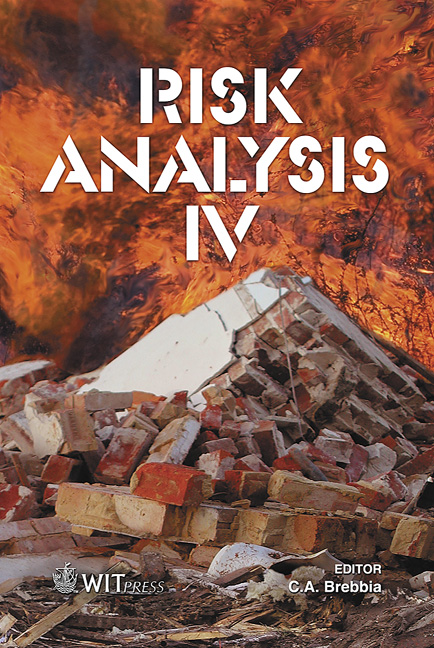Evaluation Of The Local Seismic Response In The Area Of Catania (Italy)
Price
Free (open access)
Transaction
Volume
77
Pages
12
Published
2004
Size
3,337 kb
Paper DOI
10.2495/RISK040101
Copyright
WIT Press
Author(s)
G. Lombardo1, R. Rigano1, S. Gresta1, H. Langer2, C. Monaco1 & G. De Guidi1
Abstract
The evaluation of seismic site response in the urban area of Catania was tackled by selecting test areas having peculiar lithological and structural features, potentially favourable to large local amplifications of ground motion. The two selected areas are located in the historical downtown and in the northern part of Catania where the presence of a fault is evident. Site response was evaluated using a spectral ratio technique taking the horizontal-to-vertical component ratio of ambient noise. Inference from microtremor measurements are compared with results from synthetic accelerograms and response spectra computed at all drillings available for this area. The microtremor H/V spectral ratios evaluated at soft sites located within the downtown profile tend to be smaller than that usually reported in the literature for such soils. A tendency for amplifications to peaks near 2 Hz is observed only in some sites located on recent alluvial deposits. Evidence for amplifications of site effects (frequency range 4-8 Hz) were observed in the sampling sites located on the fault, with a rapid decrease of spectral amplitude just a few tenths of a meter away from the discontinuity. Numerical simulations evidenced the importance of geolithological features at depth levels even greater than 20-30 m. Besides this, the results strongly confirm the importance of the subsurface geological conditions in the estimate of seismic hazard on urban scales. Keywords: local seismic response, microtremors, H/V spectral ratio, Catania downtown, fault zone.
Keywords
local seismic response, microtremors, H/V spectral ratio, Catania downtown, fault zone.





